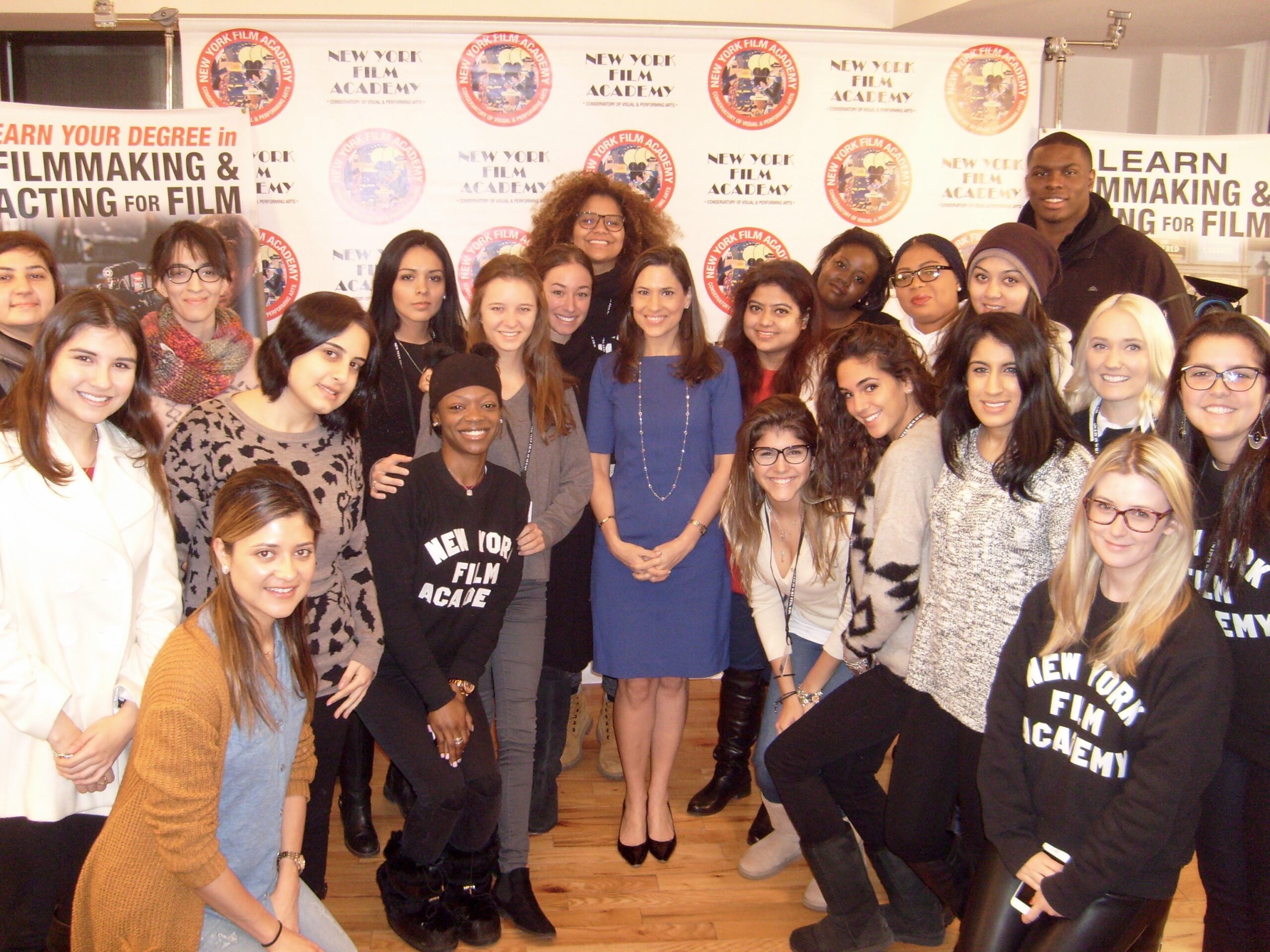Investigative journalism is difficult. Not only do you have to uncover facts that some people (often many people) want to keep secret, but it can also be expensive. Committing limited resources to a story that may never see air is a bold move. Yet more and more U.S. TV stations are getting back into the investigative reporting business, and according to a recent article in the Washington Post, it could help save local TV news. That’s because unique stories like these differentiate a station from its many competitors, and are far beyond the scope of online aggregators and digital news platforms.

We would be remiss if we didn’t mention NYFA graduate and award-winning investigative reporter George Colli. Colli mounted an amazing probe into how defective concrete resulted in the collapse of the foundations of hundreds, perhaps thousands of homes in Connecticut. While he is now a Washington, DC correspondent for Cox Media, NBC-Connecticut is still pursuing the story.
We should also acknowledge WNBC reporter Lynda Baquero, who visited NYFA earlier this year. The station has built an entire consumer protection unit around her, and has pledged to investigate every consumer complaint that it receives.
If you are a regular reader of these updates, you know we often discuss the impact of Vice Media. This time, however, we’re not talking about its business model. Instead, we want to emphasize just how adept they are at getting “the story behind the story.” In this case, it is a feature on how reporters (especially freelance reporters) learn basic combat first-aid before they venture into war zones. As the headline accurately states, it is the kind of training that could help them stay alive. Similarly, it might allow them to save the life of an injured colleague.
On a far happier note, NYFA Broadcast Journalism grad Gillian Kemmerer is down in Rio covering the Summer Olympics. As Asset TV looks at the world through the lens of business and finance, that means stories about ratings as much as gold medals.
Staying with the Olympics, the New York Times produced a fascinating hybrid-journalism story on American swimmer Ryan Lochte. (You know, the guy who is really sick and tired of being compared to Michael Phelps, and for good reason.) Part print report, part new media, part full motion video. It is a great example of how the lines separating different forms of journalism have blurred.
Great to see NYFA alum Emilie Olsson’s latest story for TV Expresse/Nyheter in Sweden, even if it is about a guy who burned down his neighbors’ home while they were away…

